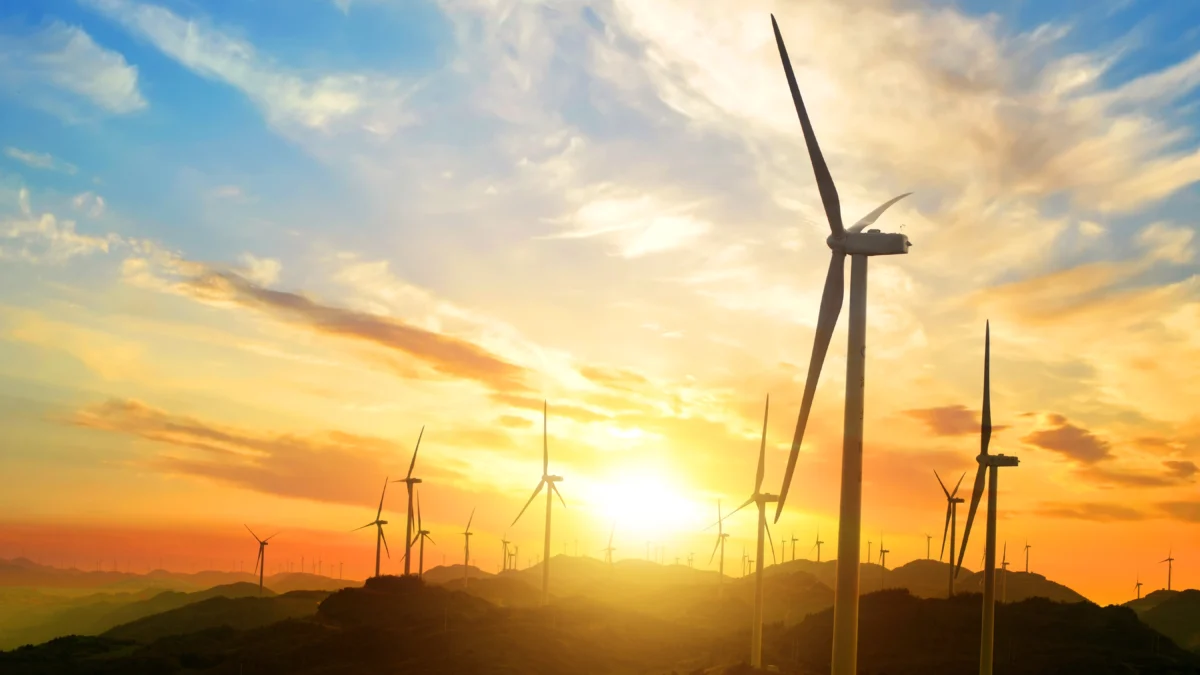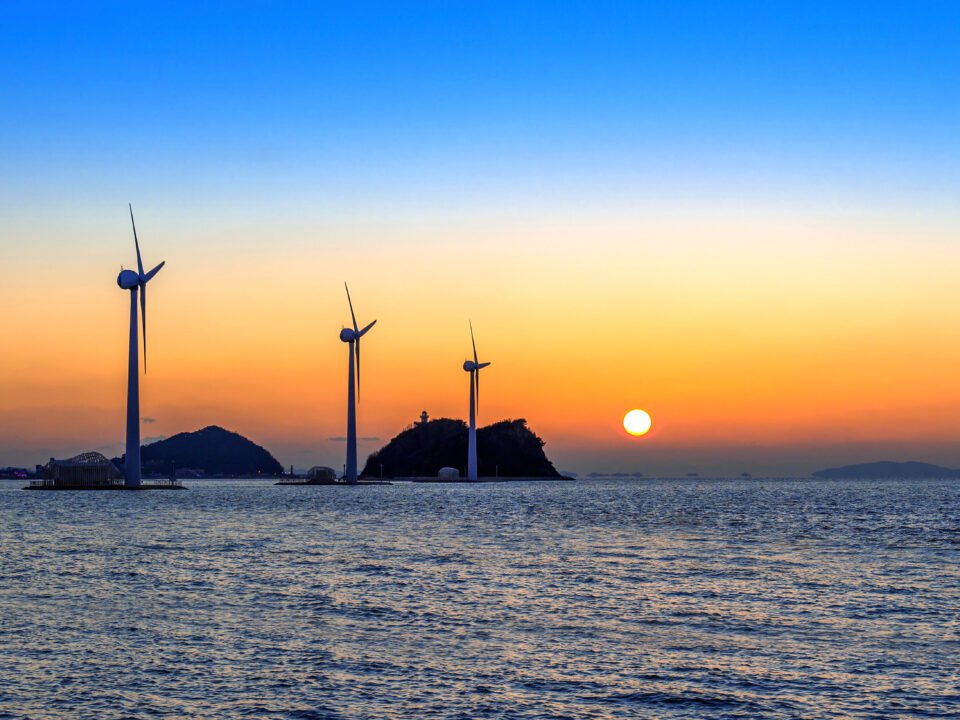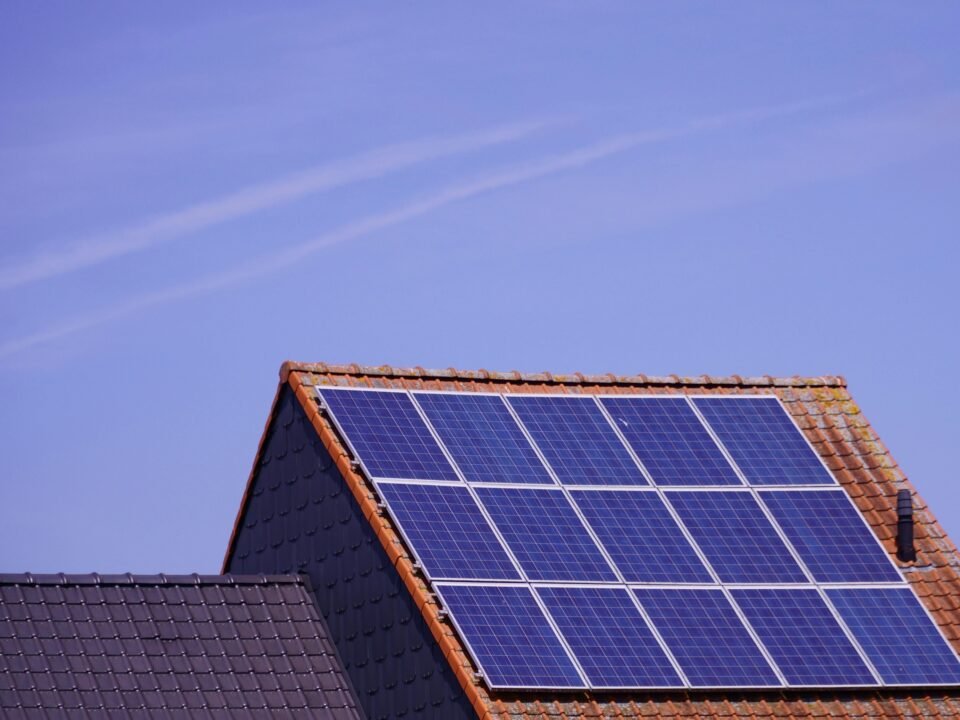In an era where climate change is no longer a distant threat but an urgent reality, nations around the world are racing to transition towards greener and more sustainable energy systems. The cleanest energy sources—like solar, wind, hydropower, and geothermal—are crucial in reducing greenhouse gas emissions and creating a carbon-free future. Some countries are setting extraordinary examples by producing and consuming the cleanest energy on a large scale.
Let’s explore the top seven countries leading the way in cleanest energy production, their strategies, and what the world can learn from them.
1. Iceland – A 100% Renewable Energy Pioneer
When it comes to cleanest energy, Iceland is in a league of its own. This Nordic island nation generates nearly 100% of its electricity from renewable sources, primarily geothermal and hydropower.
- Key Factor: Abundant volcanic activity gives Iceland massive geothermal reserves, while glacial rivers power hydroelectric plants.
- Impact: This renewable dominance has significantly lowered the nation’s carbon footprint and made electricity costs among the cheapest in the world.
- Lesson for Others: Harnessing local natural resources can create a fully sustainable and self-sufficient energy grid.
2. Norway – Hydropower Giant
Norway produces more than 95% of its electricity from hydropower, making it one of the cleanest energy producers globally.
- Key Factor: Its mountainous terrain and plentiful water resources make it ideal for hydropower generation.
- Impact: Norway’s renewable capacity supports not just domestic needs but also electricity exports to neighboring European countries.
- Lesson for Others: Investing in large-scale hydro infrastructure can ensure long-term clean energy security.
3. Sweden – A Balanced Clean Energy Mix
Sweden is well-known for its ambitious green policies and a strong commitment to renewable energy. Over 60% of its total energy comes from renewable sources, including wind, hydropower, and bioenergy.
- Key Factor: Heavy investment in wind farms, biofuel production, and efficient waste-to-energy plants.
- Impact: Sweden aims to achieve net-zero emissions by 2045, setting a benchmark for environmental leadership.
- Lesson for Others: Combining multiple renewable sources creates a more resilient and stable clean energy grid.
4. Costa Rica – A Tropical Renewable Success Story
Costa Rica is proof that size doesn’t matter when it comes to the cleanest energy. The country has run on over 98% renewable energy for several years, mainly from hydropower, wind, and geothermal.
- Key Factor: Government policies prioritize environmental preservation and renewable development over fossil fuels.
- Impact: Costa Rica has avoided millions of tons of CO₂ emissions while maintaining stable electricity prices.
- Lesson for Others: Strong political will and environmental policies can enable even smaller nations to become clean energy leaders.
5. Denmark – Offshore Wind Powerhouse
Denmark is a world leader in wind energy, producing more than 50% of its electricity from wind turbines, both onshore and offshore.
- Key Factor: Advanced offshore wind farm technology and a supportive regulatory environment.
- Impact: Denmark’s cleanest energy strategy not only powers its economy but also positions it as an exporter of wind technology worldwide.
- Lesson for Others: Strategic investment in one dominant renewable sector can drive innovation and economic growth.
6. Canada – Hydropower & Beyond
Canada ranks among the largest cleanest energy producers, with about 67% of its electricity from hydropower, alongside growing wind and solar capacity.
- Key Factor: Vast rivers and lakes provide immense hydroelectric potential, particularly in provinces like Quebec and British Columbia.
- Impact: Canada’s clean energy sector plays a key role in reducing greenhouse gas emissions while maintaining a stable electricity supply.
- Lesson for Others: Geographical advantages, when paired with modern infrastructure, can make large-scale clean energy production a reality.
7. Germany – Solar & Wind Innovator
Germany is at the forefront of Europe’s renewable energy revolution, generating over 50% of its electricity from renewable sources in recent years.
- Key Factor: Strong policy support under the Energiewende (Energy Transition) plan and heavy investments in solar and wind technology.
- Impact: Although it still uses some fossil fuels, Germany’s rapid renewable adoption has set an example for industrialized nations.
- Lesson for Others: Consistent policy backing and public engagement can accelerate the shift to the cleanest energy.
What Makes These Countries Leaders in Cleanest Energy?
While each of these nations uses different approaches, a few common factors contribute to their success:
- Government Commitment: Long-term policies and incentives for clean energy adoption.
- Technological Innovation: Investments in research, infrastructure, and renewable technology.
- Public Support: Widespread societal acceptance and demand for cleaner energy solutions.
- Resource Utilization: Maximizing local renewable potential—whether wind, water, geothermal, or solar.
The Future of the Cleanest Energy Worldwide
As technology advances, the cost of producing cleanest energy continues to fall. According to the International Renewable Energy Agency (IRENA), solar and wind are now cheaper than most fossil fuels in many regions. This trend means more countries can join the ranks of clean energy leaders.
However, the transition requires not just investment but also careful planning to ensure grid stability, energy storage solutions, and equitable access. Countries like those listed above show that a renewable future is not only possible—it’s already here.
Final Thoughts
The race towards the cleanest energy isn’t just about reducing emissions—it’s about creating a sustainable, economically viable future. From Iceland’s geothermal dominance to Denmark’s wind leadership, these seven countries prove that clean energy is achievable at any scale.
If more nations follow their lead, the vision of a carbon-free, cleanest energy-powered planet could become reality sooner than we think.



